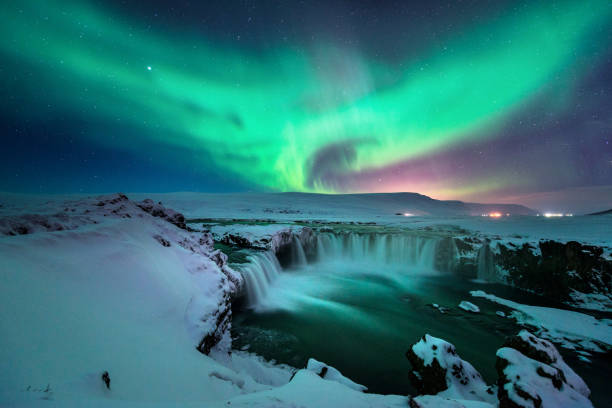Discovering the Hidden Beauty of Night Sky Tourism
The night sky has been a source of wonder and mystery for millennia. Human civilizations across the globe have turned their eyes to the stars, seeking guidance, knowledge, and inspiration. Today, as urban sprawl and light pollution increasingly obscure our view of the cosmos, a growing number of travelers are seeking out remote destinations where the sky remains dark and the stars shine bright. Welcome to the world of Night Sky Tourism.

Background: From Ancient Constellations to Modern Stargazing
Night Sky Tourism isn’t new. Ancient civilizations, from the Greeks to the Maya, were avid astronomers, building observatories and developing complex cosmologies. However, the modern version of this practice is quite different. Today, it’s less about spiritual beliefs or predicting the future, and more about appreciating the beauty and wonder of our universe.
The International Dark-Sky Association (IDA) launched in 1988, aiming to combat light pollution and protect the night sky. Their work has been instrumental in creating Dark Sky Parks around the world - protected areas known for their exceptional starry nights.
The Growing Popularity of Night Sky Tourism
With advancements in technology and increased awareness of the importance of preserving dark skies, more people are being drawn to this form of tourism. The IDA reports that the number of certified Dark Sky Places has grown from just a handful in the early 2000s to over 130 today.
A key driver of this trend is the desire for unique, immersive experiences. Travelers are increasingly looking for off-the-beaten-path adventures, and nothing quite compares to the awe-inspiring spectacle of a truly dark sky filled with stars.
The Impact of Night Sky Tourism
The benefits of Night Sky Tourism extend beyond just the tourists. Communities near Dark Sky Parks often see an influx of visitors, which can boost local economies. Additionally, this form of tourism promotes sustainable practices as it requires preservation of natural landscapes and reduction of light pollution.
However, it’s not without its challenges. The increase in visitors to remote areas can put pressure on local resources and infrastructure. Also, maintaining the dark sky requires continuous efforts in managing light pollution.
Practical Applications: Making the Most of Your Night Sky Experience
If you’re considering a Night Sky Tourism adventure, here are a few practical tips:
- Choose the Right Location: Consider certified Dark Sky Parks or regions known for clear skies and low light pollution.
- Plan Your Timing: The best stargazing often happens around the new moon when skies are darkest.
- Get Equipped: Binoculars or a telescope can enhance your experience. Don’t forget a red flashlight to navigate in the dark without disturbing your night vision!
- Stay Warm: Nights can get chilly, even in the summer. Dress in layers and bring blankets or a sleeping bag.
Embracing the Stars: The Future of Night Sky Tourism
As we continue to navigate the challenges and changes of our modern world, the timeless beauty of the night sky offers a sense of perspective and peace. Night Sky Tourism isn’t just a trend; it’s a testament to our enduring fascination with the cosmos. It encourages us to preserve our natural world, embrace sustainable practices, and value our connection with the universe. From the ancient stargazers to today’s adventure-seekers, the allure of the night sky remains undimmed, making Night Sky Tourism a shining star in the realm of travel experiences.




